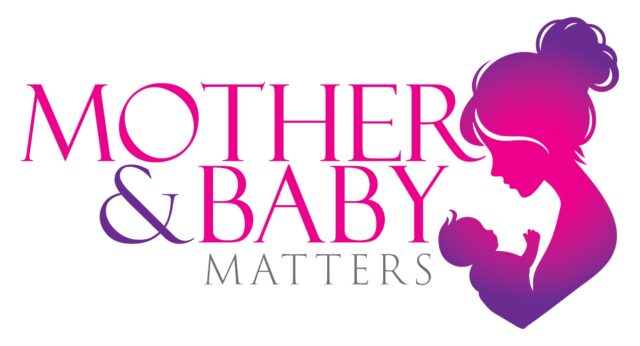In a groundbreaking medical achievement, US doctors have successfully used CRISPR-based gene-editing therapy to treat a baby born with a rare and life-threatening genetic condition. The therapy, tailored specifically to correct a unique mutation in the infant’s DNA, marks a major leap toward individualised treatments for rare genetic diseases.
What Is CPS-1 Deficiency? Baby KJ’s Rare Genetic Disorder
KJ, now nine months old, began showing alarming symptoms such as lethargy and breathing difficulties within days of birth. He was diagnosed with carbamoyl phosphate synthetase-1 (CPS-1) deficiency, a rare genetic metabolic disorder.

This condition prevents the body from removing excess ammonia produced when proteins are broken down, leading to dangerous levels of ammonia that can cause brain damage, organ failure, or death. With a mortality rate of 50% in early infancy, the standard treatment involves strict dietary restrictions, medications, and eventually, a liver transplant—a procedure not feasible for very young infants.
To manage the crisis, researchers at the University of Pennsylvania, including Rebecca Aherns-Nicklas and Kiran Musunuru, developed a personalised therapy using CRISPR, a gene-editing tool originally derived from a microbial immune system. CRISPR works like molecular scissors, allowing scientists to target and fix specific errors in the genetic code. In KJ’s case, CRISPR was used to correct the specific error in his DNA responsible for CPS-1 deficiency.
The modified gene-editing material was encapsulated in a lipid molecule to ensure it reached the liver safely. After extensive animal testing for safety and dosage, the team sought emergency approval from the US Food and Drug Administration (FDA). KJ received three infusions starting in February.
Positive Health Shift: Infant, Neonatal Mortality Declines in UP, Says Latest SRS Data
Remarkably, following the treatment, KJ showed significant improvement. He tolerated increased protein intake, required reduced medication to control ammonia levels, and began gaining weight. Despite facing two viral infections post-treatment, his ammonia levels remained stable, and no serious side effects were observed.
Why Individualised Gene Therapy Matters
This successful intervention highlights the potential of individualised gene therapies. Although over 90% of genetic disorders are individually rare, collectively they affect millions worldwide. Yet, most existing gene-editing therapies, like Casgevy—approved for sickle cell disease and thalassaemia—target only a few common conditions. Casgevy works by switching the body’s haemoglobin production from adult to foetal haemoglobin, which lacks the mutation that causes disease.
CRISPR-based treatments are also being explored for cancer, cholesterol management, and other inherited disorders.
As KJ’s father, Kyle Muldoon, shared, “We’re so excited to finally be together at home so that KJ can be with his siblings and we can finally take a deep breath.” His story represents not just a personal miracle, but a new frontier in genetic medicine—where tailored therapies could change the future of rare disease treatment.




